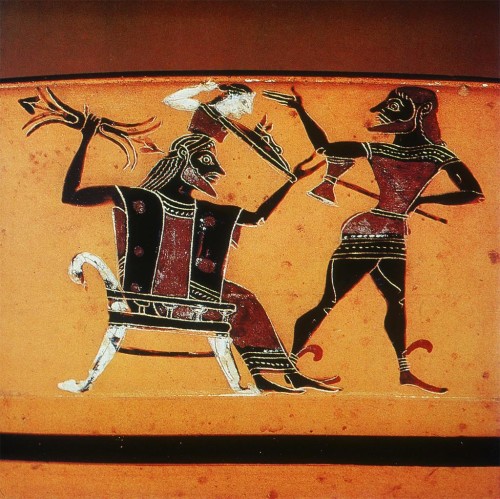When you are eating Thanksgiving dinner with your family and you get asked when you are going to get a real job, or something to that effect, instead of trying to justify yourself with logical arguments and statistics from studies on the value of the arts, simply try telling stories that illustrate why you love what you do.
Maybe it isn’t even related to your discipline and maybe the one incident you talk about isn’t significant enough to convince people your life devoid of career prospects is worthwhile. The one thing arts people do well, but need to learn to do better outside of their preferred circumstances, is tell stories.
Just to give some examples.
-In the last 12 months, we have had some great shows and offered great experiences at our performing arts center. Among the highlights were a great stage combat workshop that seamlessly involved 25ish people from 10 year olds to college sophomores.
-Last March there was a terrible snow storm that forced us to cancel a performance. Fortunately, the group was willing to perform the next day. While they were waiting, they wandered around town. The owner of the coffee shop still tells me how charming they were.
-The three year old grandson of one of our patrons has to walk by the performing arts center a couple times a week on his way to and from daycare and still asks if he can go inside and see the Tuvan throat singers that performed here over a month ago.
-A couple weeks ago I went to the local museum to listen to an artist demonstrate how she created the effect on her work using encaustic. It was a lot of fun, especially when she started to debate the relative merits of hair dryers, heat guns and embossing tools as part of the fusing method. Afterward many of us went to a local rib place and had dinner.
I kept these examples brief and left out many of the compelling details in the interest of holding a reader’s attention. As a subject of conversation the last story about the encaustic workshop might be the best simply because I am not a visual artist and know as little with about the discipline as those with whom I am having dinner. There is less danger of using language or focusing on minutiae relevant only to insiders. (Though you probably had to be there to understand the heat gun v. hair dryer v. embossing tool conversation.)
I think relatives around a dining table can relate to stories about: artists skilled enough to involve participants of all ages; artists who are committed to seeing a performance happen and have positive interactions with community members; strange, unfamiliar singing styles from other countries that even excite little kids; visual artists who are accessible in the explanation of their work and as potential dining partners.
Even if you don’t do the best job telling your stories and your relatives don’t quite get it, you can simply say you are thankful that you have been able to provide opportunities where people learned interesting things and enjoyed themselves. If they are interested, you would be able to involve them in the future.



There is another way. The Gewandhaus Leipzig in Germany (concert venue) offers flex- tickets for a small premium. Not an…